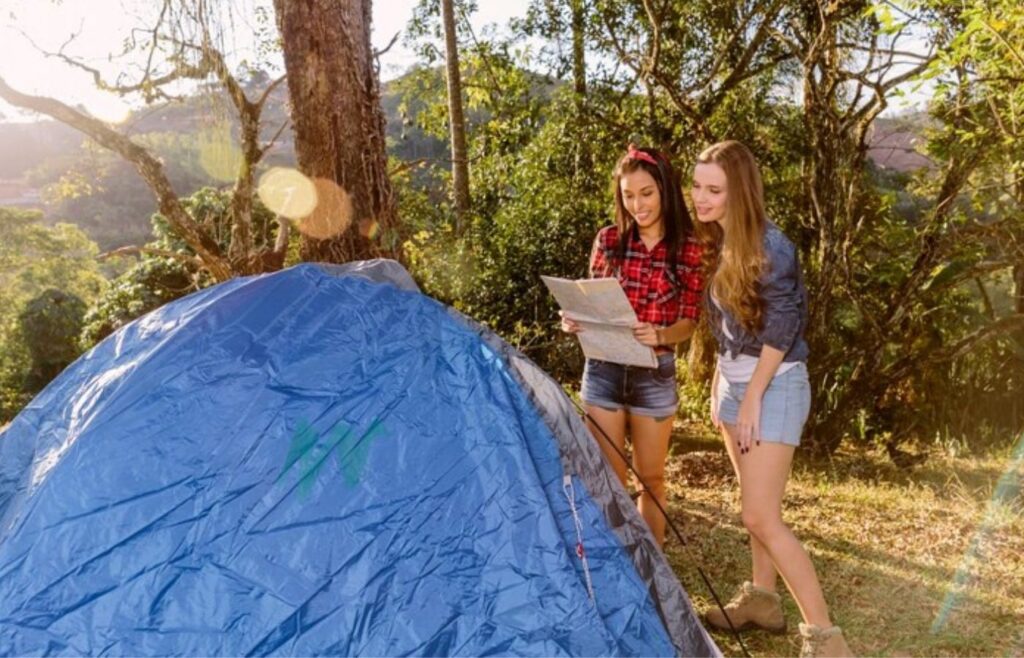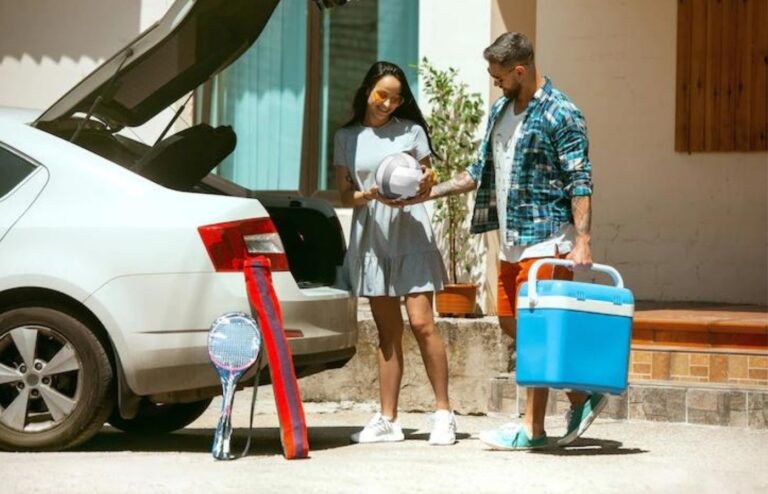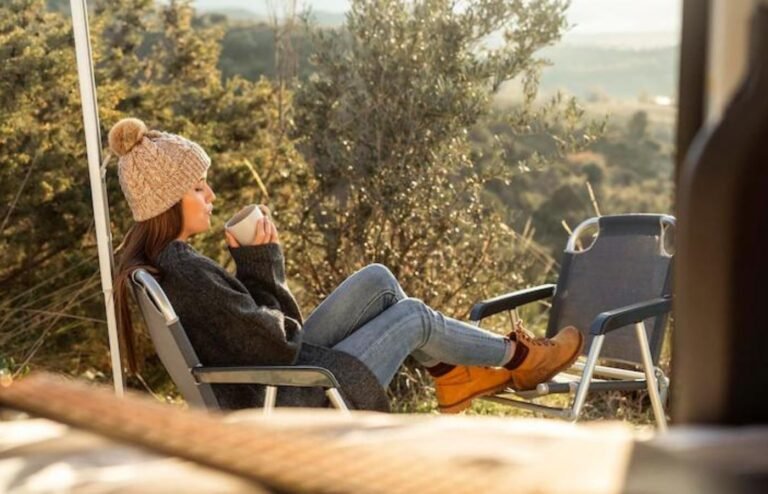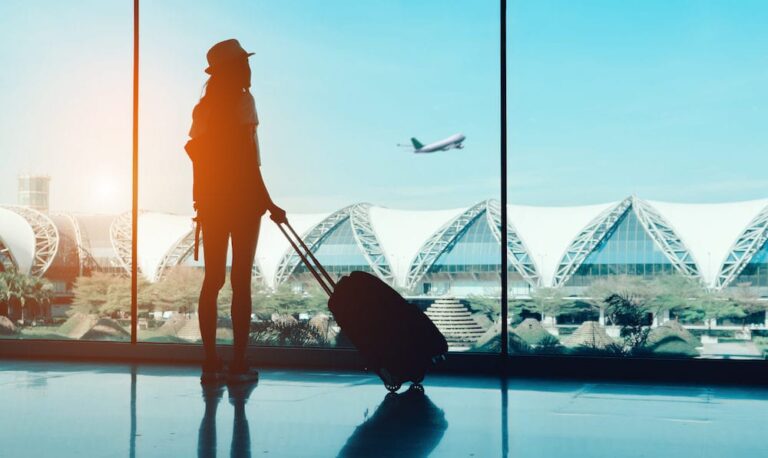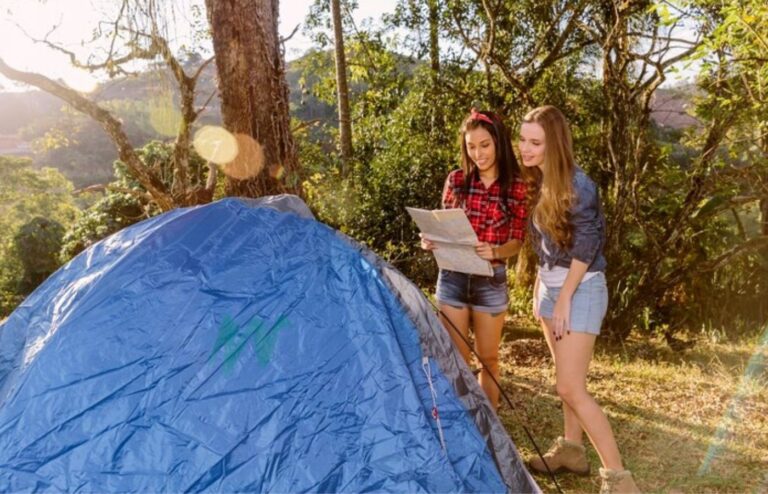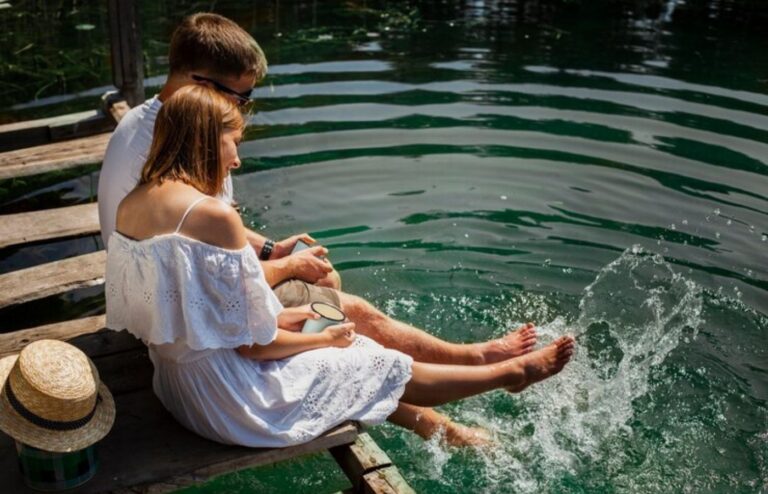The perfect camping spot doesn’t exist…or does it? With the right tips, finding the best spot for your next camping adventure can be easy and fun.
Camping imparts lasting memories that everyone hopes will last a lifetime. To ensure those memories are special, you need to make sure you find a safe and comfortable spot to camp.
In this article, we’ll discuss how to find the perfect camping spot and stay safe while doing it. You’ll learn how to orient yourself when looking at campsite reviews, why location is important, and tips on how to choose the best equipment for a low-impact camping experience.
The 2 different types of camping
Car camping
Car camping is one of the most popular ways to experience nature. All you need to do is grab your gear and drive directly to a campsite near the campground or national park.
Typically, car campers set up their tents at an established campsite and have easy access to nearby restrooms and water sources. Plus, if you forget something essential during your camping trip, it’s easy to drive back home and retrieve it!
Car camping is perfect for beginners as you can bring a lot more gear with you than when backpacking. If anything, having a vehicle makes relocation easier if there’s bad weather or other elements that cause discomfort.
All in all, car camping offers freedom from intense backpacking trips but still allows you to enjoy nature and engage in outdoor activities like hiking, horseback riding, or fishing nearby.
Backcountry camping
Backcountry camping is a great option if you want to experience nature with minimal human contact or access to amenities. You can camp in the middle of nowhere, where there’s no power, cell reception and access to running water.
But that’s what makes backcountry camping so appealing – the isolation and exclusivity of being off-the-grid. It requires more preparation, planning, and risk assessment than car or campsite camping.
You need to calculate your resources carefully, since you won’t have easy access to supplies once you’re a few miles away from civilization. Don’t forget maps, food, a first aid kit, a whistle for signaling for emergencies, and head lamps for brightness when darkness falls.
Backcountry camping also involves being aware of wildlife hazards like bears and snakes. Stay safe by understanding the outdoor environment and its potential risks.
How to find a campsite
When you decide to go camping, the first step is to find the perfect campsite for your needs. Researching different campsites online is a great way to get started.
You can look up reviews on sites like Trip Advisor or Yelp and get detailed information on various campgrounds. That way, you can make sure that the site you’re choosing will provide amenities like bathrooms, fire pits, and showers, depending on what kind of camping experience you’re looking for.
Once you’ve found a promising spot, try contacting the county or state parks in that area before making any commitments. Give them a call and let them know what types of amenities you need so they can recommend an ideal campsite for your needs.
By talking with an expert at the park’s office, you’ll be able to understand all of the park’s rules and regulations ahead of time and have peace of mind knowing that your camping spot will be safe and enjoyable!
How To Plan For Your Car Camping Trip
Planning for your car camping trip is essential if you want it to be successful. Getting organized before you set off on your journey will help save time on the road, and make sure you don’t forget key items.
Make a list of all the items that you need to bring with you – including emergency supplies, food, and recreational equipment. Make sure to include things that are necessary but oftentimes forgotten like insect repellent, sunscreen and firewood.
Pack an extra bag with snacks such as nuts and granola bars in case you get hungry on the drive and don’t have access to food for hours. And don’t forget the non-essentials such as a deck of cards or a Frisbee – items that can provide hours of fun without needing batteries or charging cords!
It’s also important to plan out your route ahead of time so that you know where you’ll be staying each night. Research campgrounds near your destination so that you always have a place to stay each night – but still have room to explore spontaneous spots too!
Essential Car Camping Gear
Essential items for car camping include a large tent, sleeping bag, sleeping pad, cookware and utensils, plenty of extra clothes and shoes in case things get wet or muddy, adequate food and water supplies, applied insect repellent, firewood/fire starter, flashlight/lanterns plus extra batteries.
Having a first-aid kit and map of your area plus a cell phone charger can also be very helpful in an emergency. Also important to bring are ground tarps or tents for shelter from rain or wind as well as collapsible chairs for lounging around the campfire.
Finally, some entertainment like cards or books might make the outdoor experience even better since it gives something new to do when people want to relax after exploring all day!
What To Wear Car Camping
When you’re car camping you’re probably going to wear different clothing than if you were backpacking. Wear clothes that keep you warm and are made of durable material such as wool, fleece, and nylon.
Also make sure the garments still fit well because they should provide enough insulation to keep your body temperature stable in changing temperatures. Adding a lightweight rain jacket will also be a great shelter from any unexpected showers.
Comfortable shoes or hiking boots for walking around in all terrain is also essential, as well as a good hat to keep off sun rays or protect from misty foggy mornings. You should also bring something to put around your middle if needed like leggings or yoga pants so you can stay cozy while you enjoy the outdoors.
Finally, don’t forget headlamps, sunglasses and sunscreen! It’s easy to forget these items when packing but they’re important for your safety and comfort when on the trail.
Bottom Line
Camping can be a great way to relax and explore the outdoors. However, as with any activity, it’s important to take the necessary precautions and be prepared for any situation.
By following these tips and doing some research ahead of time you can ensure that your camping trip is an enjoyable and safe one.
With the right choice of camping spot and careful attention to safety, you’ll be able to make the most of your time outdoors while having a memorable experience.

